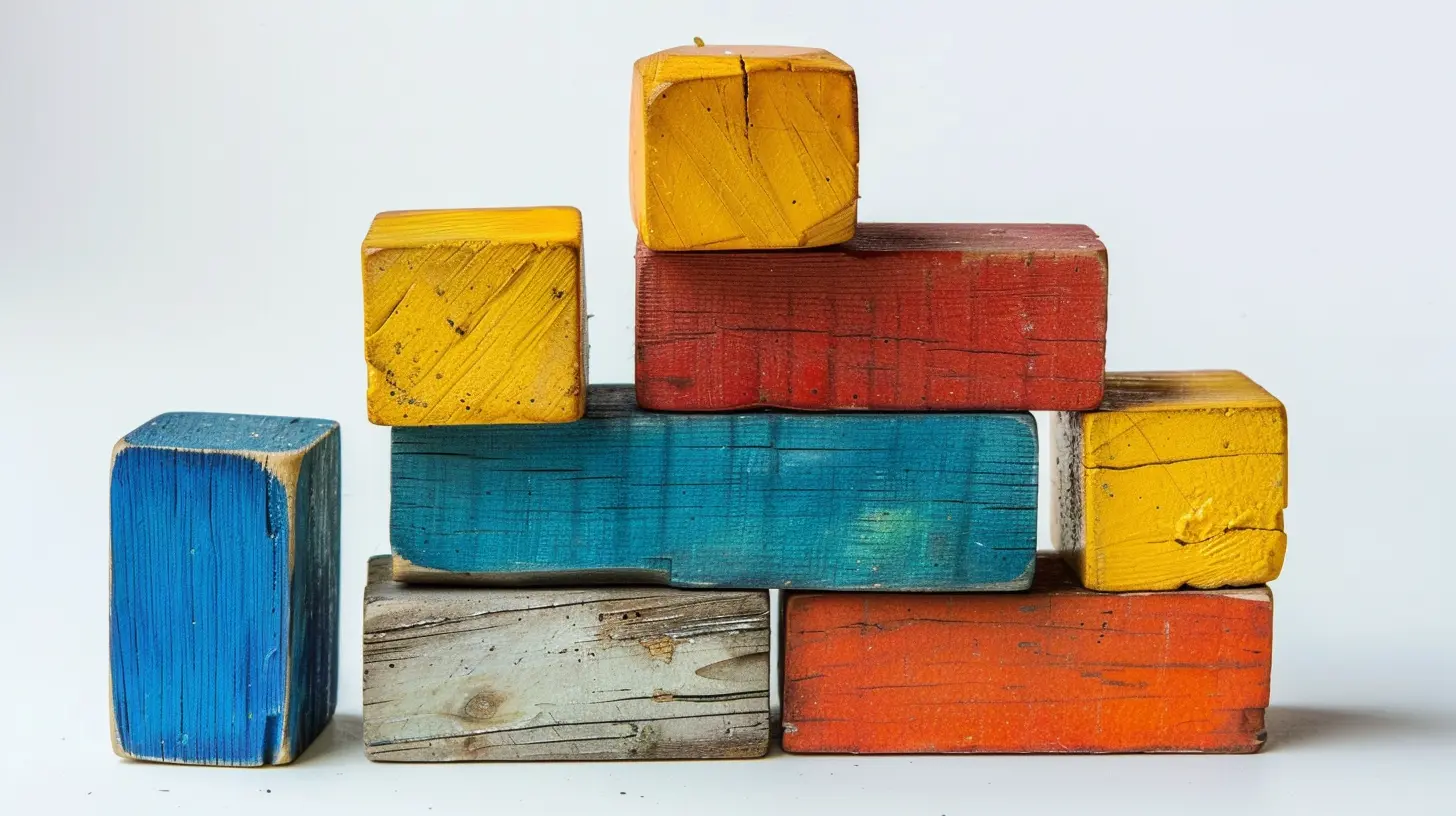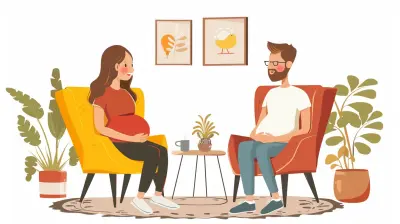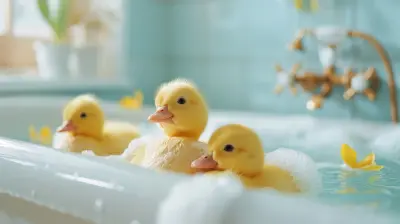How to Incorporate Learning into Playtime Fun
24 May 2025
Let's be real—kids don’t want to sit at a desk for hours listening to boring lectures. And hey, who can blame them? Even as adults, we’d rather have fun while learning something new. That’s why blending learning with playtime is the ultimate parenting hack. It keeps them engaged, entertained, and—shhh—actually learning without even realizing it.
So, how do we turn playtime into a sneaky education session? Buckle up, because I’m about to spill all the secrets on making learning a blast for your little ones!

Why Learning Through Play Works (And Why You’ll Love It Too)
Ever noticed how kids mimic everything? They watch, they copy, they experiment—and boom, they're learning. That’s because play is their natural way of understanding the world. When you mix education into play, you’re not just teaching them facts; you’re shaping their creativity, problem-solving skills, and independence.And the best part? It doesn't feel like work for them or for you. No more tantrums over worksheets. No more begging them to sit still. Just good ol’ fun with a side of smarts.

1. The Magic of Pretend Play
Let’s start with the easiest (and most epic) way to sneak in learning—pretend play. This is where their imagination runs wild, and honestly, it’s where the real magic happens.Set Up a Grocery Store
Give your kiddo a toy cash register, some fake money, and a mini shopping cart. Suddenly, they’re not just playing; they’re learning math, finance, and decision-making! Ask them questions like:- Can you count how much this costs?
- What happens if you don’t have enough money for the toy?
- Which items are healthy choices?
Play "Restaurant"
Hand them a notepad and let them take your order. They’ll practice writing, memory skills, and even basic addition when they total up the bill (bonus—sneaky handwriting practice without the whining).Doctor’s Office Roleplay
A toy medical kit can turn your little one into a mini-doctor. They learn about body parts, empathy, and even a bit of science while playing “check-up.”
2. Hands-On Science Experiments—Messy but Worth It
Nothing says “fun” like a little chaos! Science experiments are hands-on, engaging, and give kids a front-row seat to cause and effect.Baking Soda & Vinegar Volcano
Grab baking soda and vinegar, mix them together, and watch the lava explode. Kids learn about chemical reactions while thinking they’re just making a cool mess.Glow-in-the-Dark Water
Mix tonic water with a blacklight flashlight, and boom—instant glowing potion! It’s a simple way to introduce the concept of fluorescence.Sink or Float Test
Fill a bucket with water and grab various objects. Ask, Do you think this will sink or float? It’s an introduction to basic physics, but to them, it’s just an awesome guessing game.
3. Sneaky Math Games
Math doesn’t have to be a snoozefest. In fact, there are a million ways to add numbers into everyday play.LEGO Math
LEGO bricks are basically colorful math tools in disguise. Use them to practice counting, addition, and even fractions. (“This brick is twice the size of that one—what fraction is it?”)Hopscotch Numbers
Draw a giant hopscotch grid with numbers and call out math problems: Jump to the number that’s 5+3! Who knew addition could burn calories too?Dice Counting Game
Roll a pair of dice and have your child quickly add (or subtract) the numbers. The faster they do it, the more “points” they get. Gamifying it makes math way less painful!4. Outdoor Adventures That Teach
Nature is the best classroom. Everything from a simple walk to a backyard scavenger hunt can turn into a lesson.Bug Exploration
Give your kids a magnifying glass and let them go on a mission to find cool bugs. Talk about their habitats, what they eat, and why they’re important.Cloud Watching & Weather Talk
Lie on the grass and point out different cloud shapes. Teach them about the weather while spotting “dragons” and “cotton candy” in the sky.Gardening Lessons
Let them plant seeds and watch them grow. It’s a hands-on way to teach patience, responsibility, and basic biology.
5. Storytime with a Twist
Reading is a must, but let’s spice things up a bit.Act It Out
Pick a favorite story and act it out like a mini-play. This boosts comprehension and makes the story come to life.Alternate Endings
After reading, ask: What if the story had ended differently? Encouraging them to think beyond the book builds critical thinking and creativity.Make a Picture Book
Let them write and illustrate their own mini-book. Even if it’s just stick figures and scribbles, they’re learning storytelling and sequencing.6. Music and Movement for the Win
Music makes everything better—including learning.DIY Musical Instruments
Make shakers from rice and bottles, or drums from pots and pans. Teach them about rhythm, sounds, and even basic physics (Why does this bottle make a higher sound than that one?).Alphabet Dance Party
Play an alphabet song and let them dance whenever they hear a letter in their name. Learning letters while busting a move? Yes, please.Counting Songs
Songs like Five Little Monkeys sneak in counting without feeling like a math lesson. Just don’t blame me when the song gets stuck in your head!
7. Puzzle Time = Brainpower Boost
Puzzles aren't just fun—they improve problem-solving, patience, and spatial awareness.Classic Jigsaw Puzzles
Pick a puzzle that’s challenging but not frustrating. Problem-solving mode: activated!DIY Word Puzzles
Got a kid learning to read? Make a homemade word puzzle by writing words on cardboard pieces and having them match them up.Sudoku for Kids
Believe it or not, there are super simple Sudoku puzzles designed for kids. It’s an awesome way to build logical thinking skills.Final Thoughts: Play Smart, Not Hard
Learning during playtime isn’t about forcing flashcards into their tiny hands. It’s about making education feel effortless. When kids are having fun, they absorb knowledge without even realizing it.And here’s the kicker: This approach makes parenting easier too. No more battles over “study time.” No more resistance to learning. Just happy, curious little humans growing their brains one game at a time.
So go ahead—turn that playtime into an undercover learning experience. Your future genius (and your sanity) will thank you for it.
all images in this post were generated using AI tools
Category:
Playtime IdeasAuthor:

Karen Hurst
Discussion
rate this article
3 comments
Barrett Hunter
Playtime makes learning fun!
June 4, 2025 at 3:38 AM

Karen Hurst
Absolutely! Incorporating play into learning enhances engagement and retention, making education enjoyable for kids.
Samira Murphy
Thank you for sharing these wonderful tips! I love how you emphasize the importance of blending learning with play. It’s a fantastic way to foster creativity while making education enjoyable for our little ones.
June 3, 2025 at 3:25 AM

Karen Hurst
Thank you for your kind words! I’m glad you found the tips helpful. Blending learning with play truly enhances creativity and joy in education!
Robert Underwood
This article beautifully highlights the balance between fun and learning. Playtime is a perfect opportunity to nurture curiosity, creativity, and essential skills in children.
May 25, 2025 at 3:58 AM

Karen Hurst
Thank you! I'm glad you found the article effective in showcasing the importance of merging fun with learning. It's crucial for fostering children's growth!



